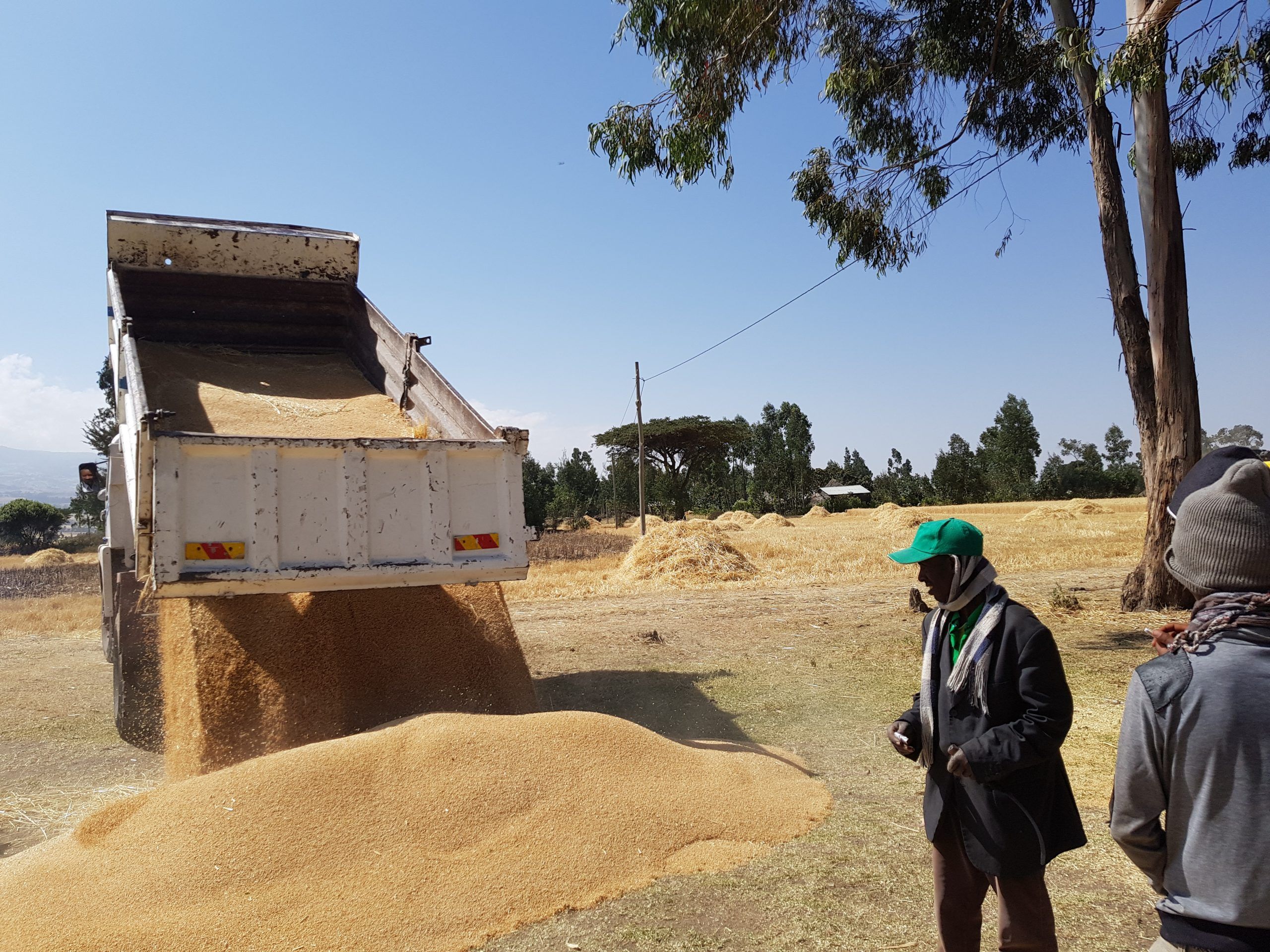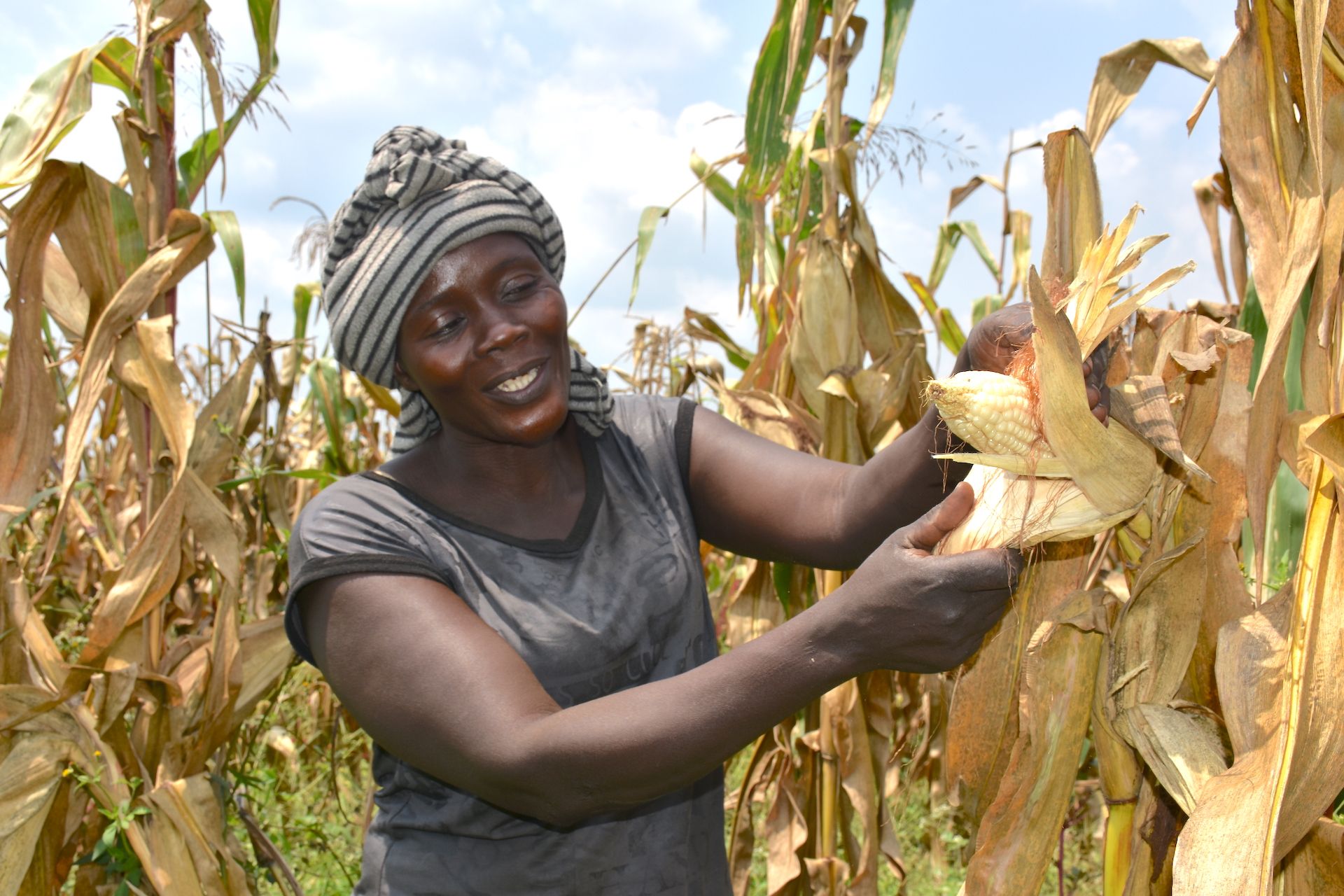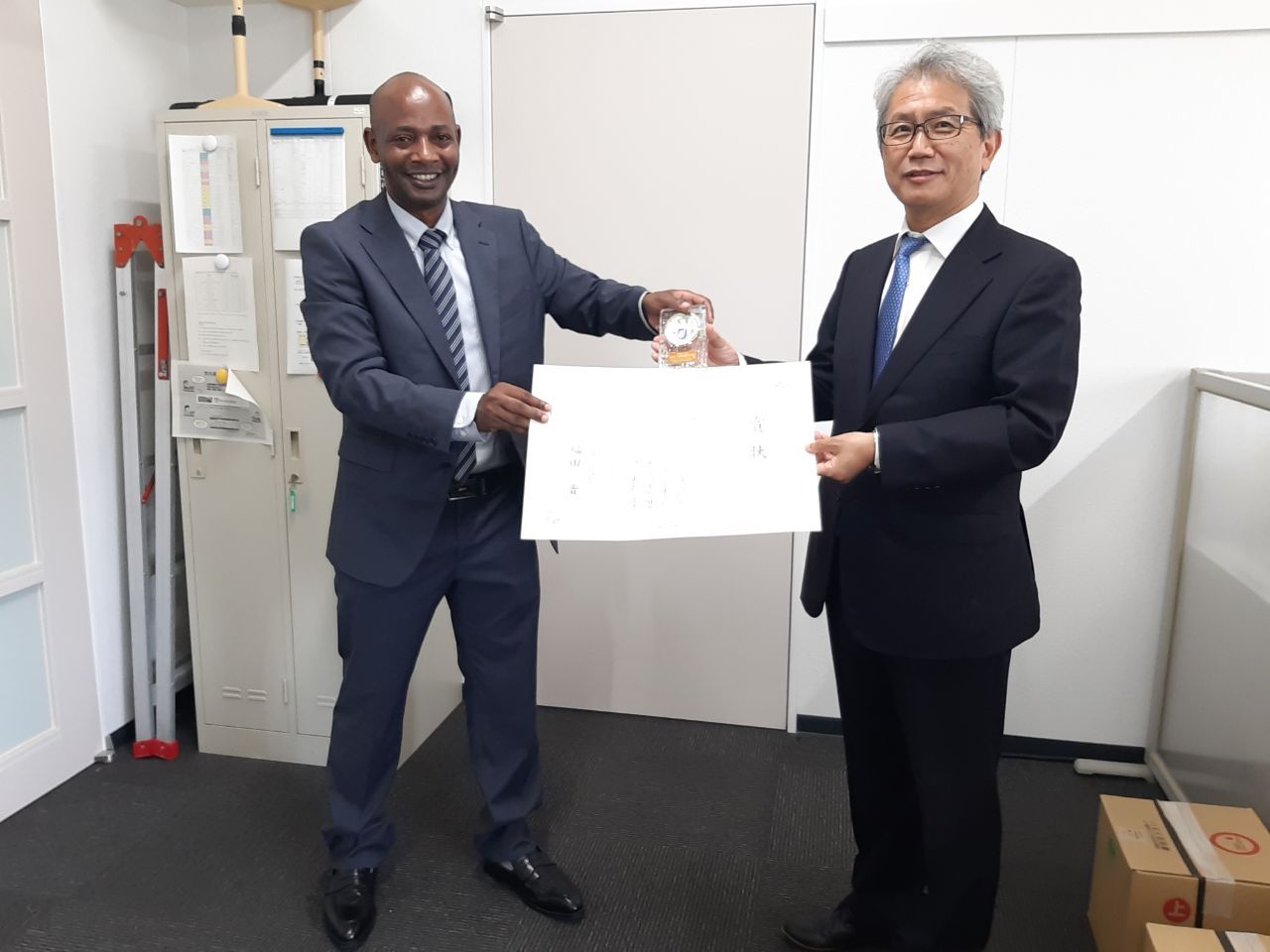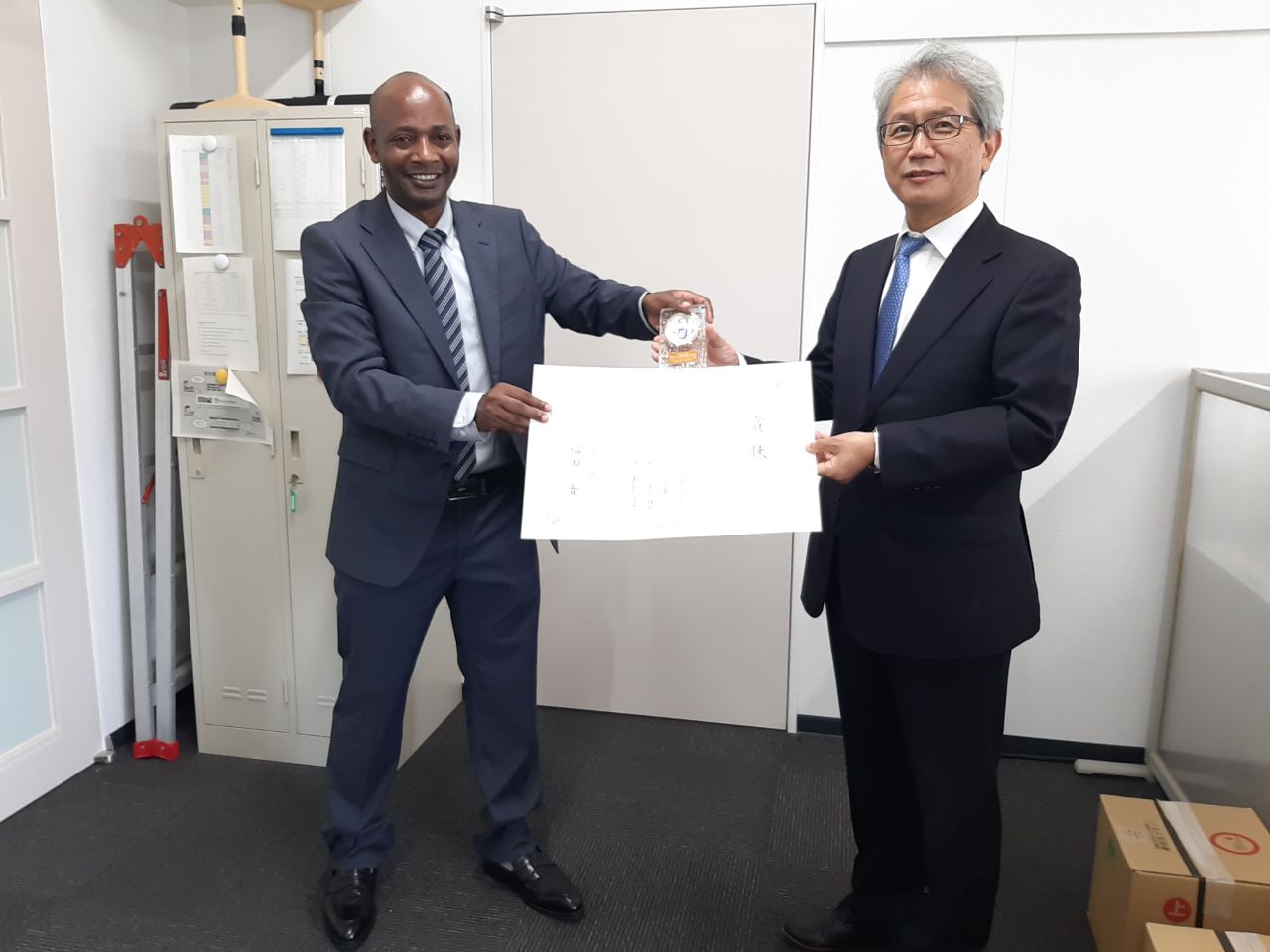The ever-changing environmental conditions and the urgency to improve food production and productivity for growing populations have ushered in the necessity for smallholder farmers to have widespread access to improved seed in the last mile. However, adequate access to the preferred, good-quality seeds that are climate-resilient and nutrition-dense is essential to farmers’ food and livelihood security. While seed security is an important first step to improved food production in developing countries and well examined in disaster situations, it remains understudied concerning long-term seed sector development, says a new study.
The Food and Agriculture Organization of the United Nations (FAO) describes seed security as “ready access by rural households, particularly farmers and farming communities, to adequate quantities of quality seeds adapted to their agro-ecological conditions and socioeconomic needs, at planting time, under normal and abnormal weather conditions.” In 2016, FAO specified two elements: varietal suitability (traits that respond to farmers’ preferences) and resilience (stability of seed system in the context of shocks) in addition to seed quantity, quality, and access identified in the earlier conceptualization of seed security.
Widespread seed insecurity
The study analyzed farmers’ seed use and preferences (demand-side) and the role of actors and institutions (supply-side) to understand farmers’ seed security. The latter was examined within the context of the recently adopted Pluralistic Seed System Development Strategy (PSSDS) of Ethiopia to understand how they affect the availability, quantity, quality, accessibility, and suitability of seeds from different sources. They focused on seed systems in two districts in Central Ethiopia — subsistence teff-growing and commercial wheat-growing districts. Since it started its operation in Ethiopia, CGIAR’s International Maize and Wheat Improvement Center (CIMMYT) has been one of the major actors in the commercial wheat district covered in this study. CIMMYT has contributed to the capacity building of Kulumsa Agricultural Research Center, a center of excellence for wheat research and development in East Africa that has released over 70 improved bread wheat and durum wheat varieties.
Despite great strides made in improving the seed sector in Ethiopia, the study found that the farmers in the two districts predominantly rely on the informal seed systems, concluding widespread seed insecurity in both regions. The study reported discrepancies between seeds farmers say they prefer and those they actually use. This discrepancy is due to the limited availability of improved varieties and specially certified seeds of these varieties, challenges with seed quality from some sources, and inequitable access to preferred seed and information according to sex, age, and wealth.
Explaining the finding concerning the widespread seed insecurity observed in the study districts, Teshome Hunduma, the lead author of the study, noted: “We were able to reveal some of the social, political, and institutional constraints and opportunities that underlie chronic seed insecurity among smallholder farmers in the two districts in Ethiopia. The country has a good seed sector development policy, for instance, the PSSDS, but these constraints limited its implementation.”
Women empowerment and access to certified seeds
In the study districts where CIMMYT operates, wealthy farmers aligned with the Ethiopian government received a privileged position as model farmers enjoyed increased seed access. Likewise, female-headed households targeted by the extension services had improved access to certified seeds. The presence of development actors, including CIMMYT alongside its partners such as Kulumsa Agricultural Research Center, actively contributed to the “unusual empowerment of women in the predominantly wheat-growing districts,” according to Hunduma. Hunduma referred to the following excerpt from the study to confirm his upbeat impression during his field research.
The study reports: “the women focus group participants highlighted unexpectedly positive empowerment of female heads of household and their related access to improved agricultural technologies [improved wheat]:
Unfortunately, all of us are on our own, i.e., we are widows and divorcees. ( . . . ) We do everything that most men do in farming. In the past, women, including widows and divorcees, were not considered equal to men. Now, we have more freedom and voice. We equally participate in meetings, trainings, and access inputs as men. We express our ideas in public gatherings… We learnt new techniques and gained skills in agriculture. We have better savings; some of us have saved between 70,000 to 100,000 ETB. We have full control over our incomes and resources. We hire labor and rent land to expand our production.
According to Hunduma, “development actors, including CGIAR and its partners, targeted female heads of households for varietal adaptation trial, seed multiplication, extension and credit services, which led to a significant push for a gender-sensitive approach to agricultural development.”
Over the past two decades, Ethiopia has also achieved high wheat production levels and productivity due to the germplasm that CGIAR introduced in the country in collaboration with its partners. This strategy has firmly put the country on the right path towards wheat self-sufficiency.
As national seed policies and programs in developing countries have primarily focused on the formal seed supply system, farmers’ use of seeds from the formal seed system remains limited. The pluralistic seed system approach could appear to provide a path to seed security in developing countries. Nevertheless, political, organizational, and economic interests within key institutions represent significant obstacles, which need to be addressed. The study concludes that efforts to support farmers’ access to seeds should recognize the complementarity of formal and informal seed systems. Thus the study advocates a pluralistic approach to seed sector development by promoting complementarity of activities between value-chain components of each seed system.
Read the full study: Pluralistic Seed System Development: A Path to Seed Security?
Cover photo: Part of Ethiopia’s Southeastern wheat belt in the Heexosa district, where the pioneering Green Revolution project started in Ethiopia. (Credit: Joshua Masinde/CIMMYT)










